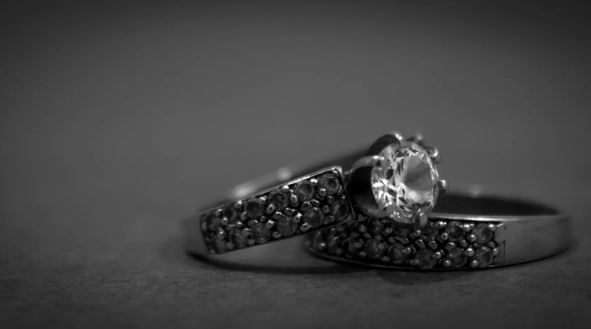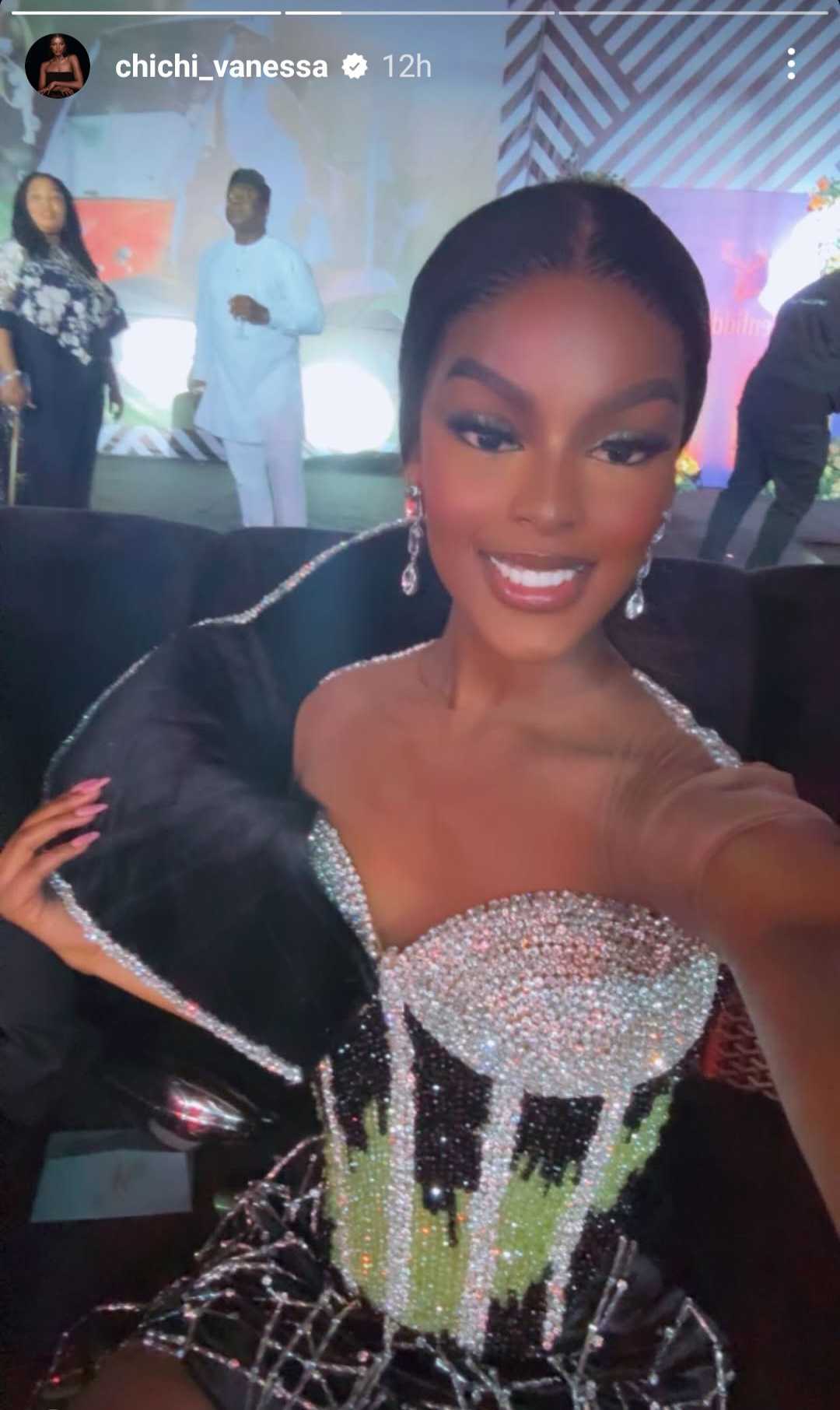In ancient Rome, women wore rings made of ivory, bone, copper, and iron to signify a contract or bond of mutual loyalty to men.
By 850 CE, engagement rings took on a formal meaning when Pope Nicholas I declared them a symbol of a man’s intent to marry.
The first diamond engagement ring appeared in 1477 when Archduke Maximilian of Austria proposed to Mary of Burgundy with a diamond ring shaped as the letter “M,” a trend recorded by the Cape Town Diamond Museum.
By the 15th century, engagement rings represented unity, and designs such as Russian wedding bands – three interlinked bands – became popular.
The posy ring soon followed, with inscriptions of love poetry hidden inside the band. While these rings were often silver or gold, diamonds remained rare until 1947, when De Beers launched the iconic “A diamond is forever” campaign, popularising diamond rings globally.
Today, the trend is shifting as more people embrace colourful gemstones and unique materials for engagement rings.
Celebrities like Blake Lively, Katy Perry, and Ariana Grande have replaced diamonds with alternatives like light pink diamonds, rubies, and pearl-accented rings, inspiring others to explore non-traditional options.
Lab-grown stones are also gaining popularity for their affordability and eco-friendly appeal, marking a new era for engagement rings as timeless symbols of love.
Popular diamond alternatives for engagement rings
1. Moissanite
Resembling diamonds, moissanite is durable and budget-friendly. Its sparkle is impressive, offering a high-quality aesthetic at a fraction of the price.
2. Aquamarine
This elegant, blue stone offers a unique look and a Mohs hardness of 7.5-8. It’s durable but may need occasional polishing.
3. Emerald
Known for its medium intensity and transparency, emeralds have a hardness of 7.5. While striking, stones with high oil treatments may alter over time.
4. Morganite
With a feminine pink hue, morganite is versatile and resembles pink diamonds. Rated at 7.5 on the Mohs scale, it’s a stylish yet durable choice.
5. Ruby
Symbolic of love, rubies range from deep pink to red, making them an eye-catching and resilient alternative ideal for daily wear.
6. Sapphire
Available in multiple shades, sapphire is one of the hardest diamond alternatives, making it a classic and durable choice.
7. Amethyst
Affordable and stylish, amethysts have a hardness of 7 but can be more delicate, requiring gentle handling.
8. Opal
Known for its iridescence, opal is a softer, porous stone. Prone to chipping and scratching, it may not be suitable for prolonged wear.
9. White Topaz
Resembling diamonds, white topaz scores an 8 on the Mohs scale. While durable, it requires careful handling to prevent wear.
In South Africa, Sean Granger, from Granny Mouse Country House & Spa, one of the most popular wedding venues in the KwaZulu-Natal Midlands, says that he has noticed the trend towards the more traditional engagement rings with couples who are married in their private chapel.














